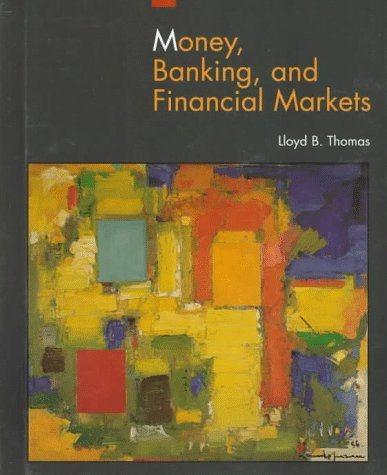Answer the following questions related to portfolio management. - Use the frame work for fixed income portfolio management to describe the difference between fiability and index (active or passive) investing (1.5 point) - Describe and compare foced income immunization strategies. highlight the use of spread duration. (1.5 point) - Use the attached example to build a model for expected fixed income returns. Once you match your model, use it reprice the scenario below. (3 pts) Expected average benchmark yield-to-maturity change is -100 basis points Expected change in spread (spread expected to widen in this scenario) +70 basis points 4 Fixed Income portfolio expected returns model. Decomposing Expected Returns Ann Smith works for a US investment firm in its London office. She manages the firm's British pound-denominated corporate bond portfolio. Her department head in New York City has asked Smith to make a presentation on next year's total expected return of her portfolio in US dollars and the components of this return. Exhibit 11 shows information on the portfolio and Smith's expectations for the next year. Expected return (for the bond portfolio) and its components are on an annualized basis, and any potential coupons are assumed to be paid annually. Calculate the total expected return of Smith's bond portfolio, assuming no reinvestment income. Exhiblt 12 Return Component Calculations \begin{tabular}{|c|c|c|} \hline Return Component & Formula & Calculation \\ \hline Coupon income & Annual coupon payment/Current bond price & 62.75/697.11=2.838 \\ \hline \multirow[t]{2}{*}{+ Rolldown return } & & \begin{tabular}{l} (97.27 \\ 697.11)/697.11=0.17% \end{tabular} \\ \hline & & \\ \hline - Rolling yield & Coupon income + Rolldown return & 283%+0.17%=3.00% \\ \hline \begin{tabular}{l} +1E(P rice based on Smith's \\ benchmark yield view) \end{tabular} & \begin{tabular}{l} ( ModDur Yield ) \\ +[ K Convexity (Yield)2] \end{tabular} & \begin{tabular}{l} (3.700.0026) \\ +[818(0.0026)2]= \\ 0.96% \end{tabular} \\ \hline \begin{tabular}{l} +1E (APrice due to investor's \\ view of credit spreads) \end{tabular} & \begin{tabular}{l} (-ModDur Spread ) \\ +[Y Convexity (Spread)2] \end{tabular} & \begin{tabular}{l} (3.700.0010)+ \\ {[1/218(0.0010)2]} \\ =0.37 \end{tabular} \\ \hline+1E (Currency gains or losses) & Given & -0.508 \\ \hline= Total expected return & & 1.91% \\ \hline \end{tabular} "Note that the change in price in the context of this example refers to the change in portfolio value









